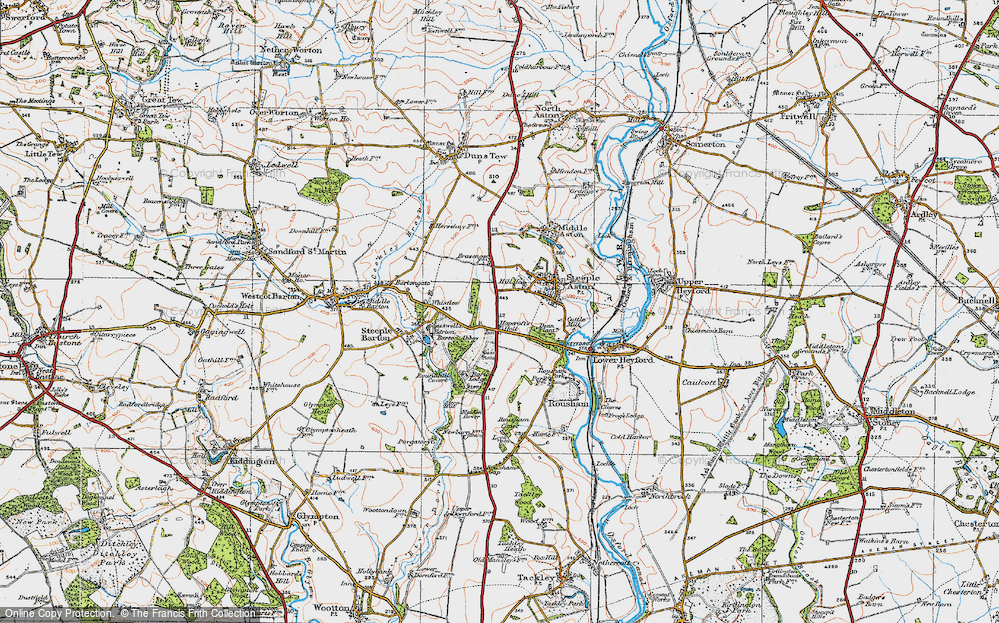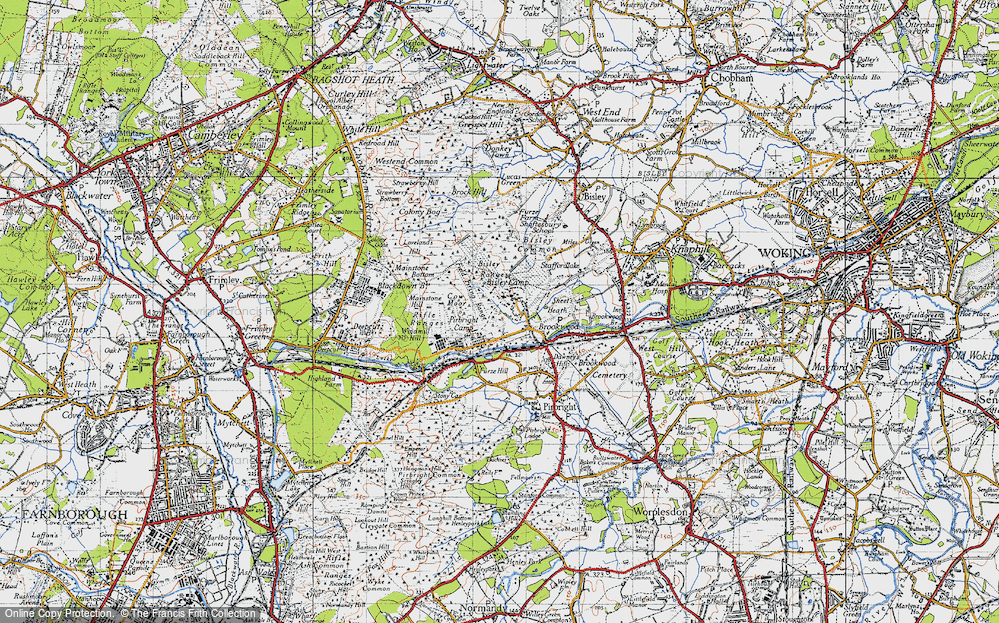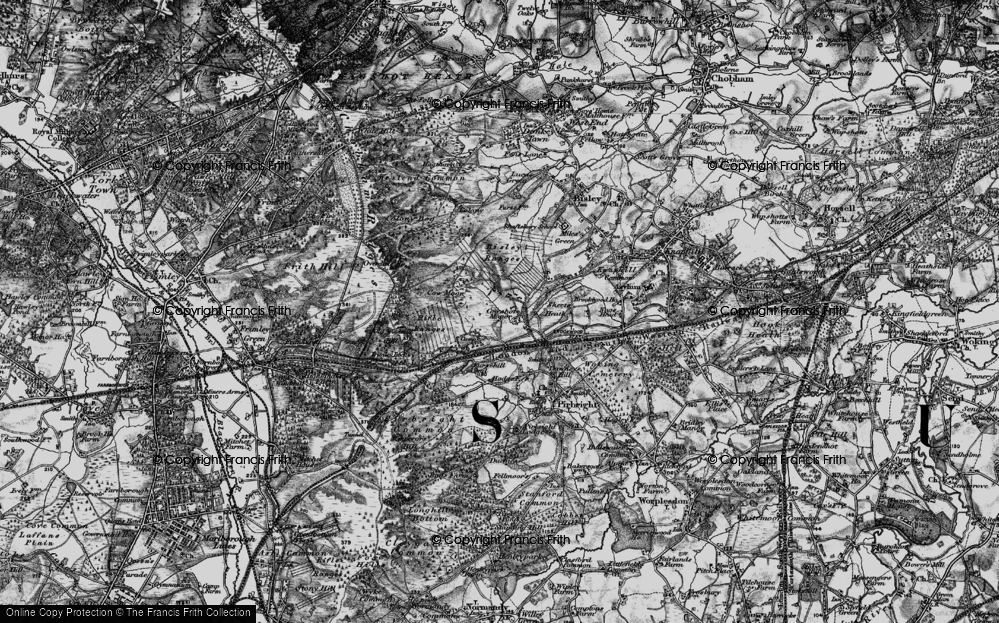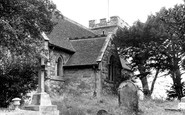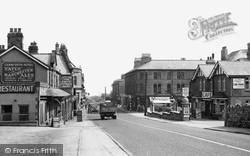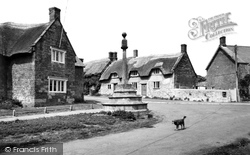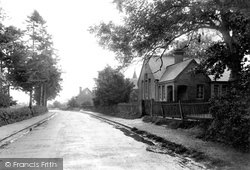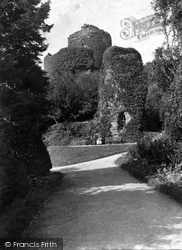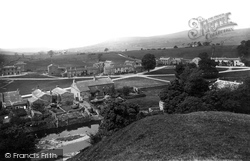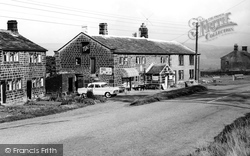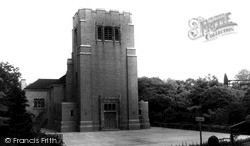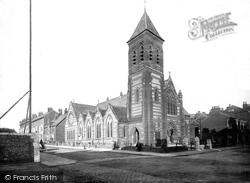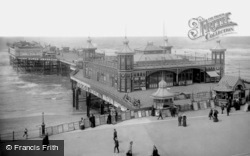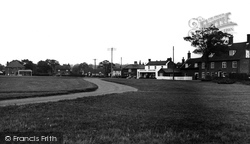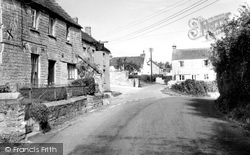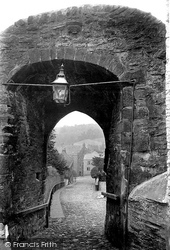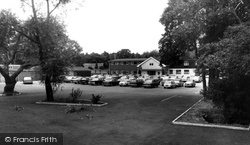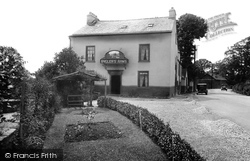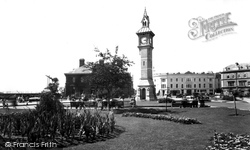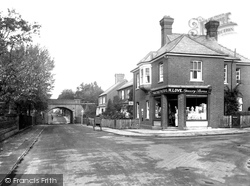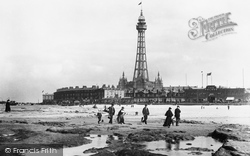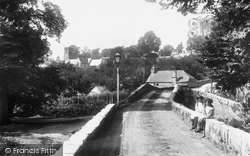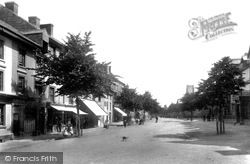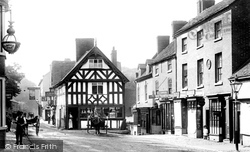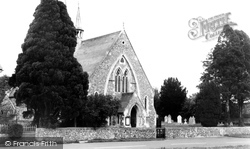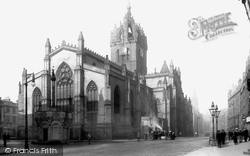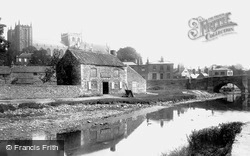Places
6 places found.
Those places high-lighted have photos. All locations may have maps, books and memories.
Photos
9 photos found. Showing results 81 to 9.
Maps
83 maps found.
Books
Sorry, no books were found that related to your search.
Memories
1,642 memories found. Showing results 41 to 50.
Hainton
I hope, I think I am the first to write - I lived in Hainton 1951/54. Our dad worked on the farm just up the road (Stockman). I went to the little school in Hainton. Headmistress - Mrs Slingsby. Do not remember her deputy, but Miss Officer ...Read more
A memory of Hainton by
King Edward V11 Grammar School
How sad to see the old school now razed to the ground. I was a pupil there from 1962 to 1964 when we moved away from the area. I travelled in by bus and we disembarked in front of what was then the Sarson School. ...Read more
A memory of Melton Mowbray by
Cordingley Braintree County High School (Bchs)
I was a pupil at BCHS from 1958-63 and have painful memories of him, albeit possibly unfairly. During a 3rd year biology lesson our female teacher regaled us of pranks she had undertaken at Uni which ...Read more
A memory of Braintree by
Purveyor Of Sweetshops
I knew all the best sweet shops on Lavendar Hill Rd. Easily the best was Browns Sweet shop where Stormont Rd met Lavendar Hill. It had every sweet you could think of and seemed to be open 7 days a week until 9pm. I think the ...Read more
A memory of Battersea by
The Bakery
My Grandad was Ken Derham, the village baker. I lived at the bakery for a short time when I was aged about 9. I remember him making the bread and being allowed to help him fill the donuts with jam. I can still smell how wonderful the ...Read more
A memory of Meopham in 1975
Tommy Porthcawl On The Seashore.
Tommy was the ventrioquist's dummy and the morning's show was not to be missed when on family holiday from Penarth in early August 1936. I would be eight in the October of that year. As far as I recollect there was ...Read more
A memory of Porthcawl by
Andrew Duncan Home For Boys
At the age of 13 I suffered a nervous breakdown due to problems at home. It was decided by my doctor to send me away from home to give me a break. My mother took me to a mainline station in London where I was handed ...Read more
A memory of Shiplake by
1960/1
As a family we lived at Hendall Manor Farm in 1960/61 and at the age of four and a half years went to Herons ghyll school as it was the nearest one to home.Because I was not a Catholic every morning when the entire class attended Mass I ...Read more
A memory of Heron's Ghyll
When The Reverend Nichols Was The Rector
Sadly, I believe St Michael's Church is little more now than a ruin of it's former self, nothing like it was in the 1940's when it seemed to stand proudly on the hill watching over and protecting the small ...Read more
A memory of Pitsea in 1940 by
Childhood In Withyham
We moved to 2 Bower Cotts Balls Green about 1950. My dad was employed by the owner of Duckings, the farm situated opposite the entrance to station road. Nos. 1 and2 Bower Cotts were up on the bank almost opposite the school ...Read more
A memory of Withyham by
Captions
436 captions found. Showing results 97 to 120.
The station, which lies a short distance to the left along Market Street, was used as a set during the filming of 'Brief Encounter'.
At 240ft long, she is just 10ft short of the size limit for the harbour.
Viewed shortly after its restoration, this cross with a shaft and a figure of St John the Baptist dates from the 15th century - the ball on top dates from the time of Queen Anne.
The county runs out here: the roads from Dormansland lead a short way to the border with either Kent or Sussex.
Launceston was probably built shortly after the suppression of a Cornish rebellion in 1068.
The old Roman road drops steeply down onto the green, via a bridge over the short river from Semer Water, two miles away.
970ft above sea level, Slack Top is a short distance from the cobbled streets of Heptonstall and was large enough to sustain the massive Mount Zion Baptist chapel (1878).
St Joseph's Catholic church stands in Arrowe Park Road, just a short step from the main cross-roads in the village. It was designed by Adrian Scott and opened in 1954.
It is hard to believe that when this pier was built, it was so far away from the town centre that the revenue it generated fell far short of what had been anticipated.
It is hard to believe that when this pier was built, it was so far away from the town centre that the revenue it generated fell far short of what had been anticipated.
Set a short distance away from the Cromer to Norwich road, Aldborough offers a spacious prospect with cottages grouped round a broad green.
The cottages were demolished shortly after this photograph was taken and have since been replaced by modern bungalows.
This is another postern gate surviving from the Town Wall, which was built to defend Richmond against Scottish raids shortly before the Battle of Bannockburn.
The club house was rebuilt shortly before this photograph was taken.
Today, the pub has been extended, and the A590 bypasses Haverthwaite, leaving this piece of road as a short cul-de-sac.
He died shortly after it was finished and William Rock bought it in 1888 to give to the town. It was the library for years, and today it is home to the North Devon Museum.
Notice the decorator up his ladder taking a short break to make sure he is in the picture.
At 621ft, it was much higher than Blackpool's, and was the tallest structure in Britain.Its life was somewhat short.
Yealmpton, always pronounced Yampton, stands on the River Yealm near to the end of its short journey from Dartmoor to the sea.
It is hard to imagine a town with a population of 2,000 being short-listed for the Welsh capital when it consists essentially of two intersecting streets.
Sometimes a lot of change can take place in a very short time. Notice how the butcher's shop has obviously just been repainted. Mr Mason (?)
Now a United Reformed Church in weekly use, this flint church has lost its neighbouring large tree and the central bell tower and short spire.
In 1634, Charles I attempted to re-establish the Scottish Episcopal Church, and St Giles's was for a short period elevated to the status of a cathedral.
This short, 2-mile canal was opened in 1773, and is an extension of the River Ure. In this view of the stone-walled canal basin we see the cathedral rising over the roofs, and the old arched bridge.
Places (6)
Photos (9)
Memories (1642)
Books (0)
Maps (83)


